

Articles
What Are Dual Side Mirrors
Modified: August 30, 2024
Discover the benefits and importance of dual side mirrors in our informative articles. Enhance your knowledge to stay safe on the road.
(Many of the links in this article redirect to a specific reviewed product. Your purchase of these products through affiliate links helps to generate commission for Storables.com, at no extra cost. Learn more)
Introduction
When it comes to driving, safety should always be a top priority. One crucial component designed to enhance driver safety is the dual side mirror. Also known as side-view mirrors or wing mirrors, these mirror assemblies are an essential part of any vehicle, providing drivers with an extended field of view beyond what is visible through the windshield and rearview mirror.
The primary function of the dual side mirrors is to eliminate blind spots, allowing drivers to monitor their surroundings and make informed decisions while changing lanes, merging, or backing up. By providing a wider perspective of the road, these mirrors help improve overall driver awareness and reduce the risk of accidents.
In this article, we will delve into the world of dual side mirrors, exploring their definition, purpose, benefits, working mechanisms, different types, legal requirements, and maintenance. Whether you are a seasoned driver or just starting your journey behind the wheel, this knowledge will undoubtedly enhance your understanding of this crucial safety feature.
Key Takeaways:
- Dual side mirrors are essential for driver safety, eliminating blind spots and providing an extended field of view. Their proper maintenance and compliance with legal requirements are crucial for safer driving experiences.
- Understanding the purpose, benefits, and working mechanisms of dual side mirrors empowers drivers to make informed decisions on the road. Regular maintenance and care ensure optimal functionality and longevity of these crucial safety features.
Read more: What Are Heated Side Mirrors
Definition of Dual Side Mirrors
Dual side mirrors, often referred to as side-view mirrors or wing mirrors, are external mirrors mounted on both sides of a vehicle. These mirrors are strategically positioned to provide drivers with a wider field of view, extending beyond the limits of the windshield and rearview mirror. By reflecting the view from the sides of the vehicle, dual side mirrors enhance the driver’s ability to monitor their surroundings and ensure safe navigation on the road.
Dual side mirrors typically consist of a flat or convex glass mirror surface, enclosed within a housing that is attached to the vehicle’s doors or fenders. They are designed to be adjustable, allowing drivers to customize the mirror’s angle and orientation to suit their seating position. This adjustability ensures optimal visibility for drivers of varying heights and seating preferences.
Modern dual side mirrors are often equipped with additional features to aid in visibility and safety. These features may include built-in turn signal lights, blind-spot detection systems, heating elements to prevent fogging or icing, and even auto-dimming functionality to reduce glare from trailing vehicles.
It is important to note that the term “dual side mirrors” refers to vehicles with mirrors on both the driver and passenger side. Some vehicles, especially motorcycles, may be equipped with a single side mirror on either the left or right side. While these mirrors serve a similar purpose of providing a wider field of view, they are not classified as dual side mirrors.
The inclusion of dual side mirrors as a standard feature in modern vehicles is mandated by various transportation authorities to ensure driver safety. These mirrors play a crucial role in expanding a driver’s visibility and minimizing blind spots, making them an indispensable component of today’s automobiles.
Purpose and Benefits of Dual Side Mirrors
The primary purpose of dual side mirrors is to enhance driver safety by expanding the field of view and reducing blind spots. Here are some key benefits of having dual side mirrors on a vehicle:
- Increased visibility: Dual side mirrors significantly improve a driver’s visibility to the sides and rear of the vehicle. They provide a wider perspective, enabling drivers to detect approaching vehicles, pedestrians, or obstacles that may not be visible through the windshield or rearview mirror alone.
- Elimination of blind spots: One of the biggest advantages of dual side mirrors is their ability to eliminate blind spots. Blind spots are areas around a vehicle that are not visible to the driver, even when using the rearview mirror. With properly adjusted dual side mirrors, drivers can effectively eliminate blind spots and have a clear view of adjacent lanes or approaching vehicles.
- Safe lane changes and merging: Dual side mirrors play a crucial role in executing safe lane changes and merging maneuvers by providing drivers with a comprehensive view of the traffic around them. By continuously monitoring the side mirrors, drivers can assess the distance and speed of other vehicles and make informed decisions for a smooth and secure transition between lanes.
- Backing up assistance: Dual side mirrors are especially helpful when reversing or backing up a vehicle. They offer a wider rearward view, allowing drivers to spot obstacles, pedestrians, or other vehicles that may be behind them. This enhances safety during parking, maneuvering in tight spaces, or reversing out of driveways.
- Improved overall awareness: With dual side mirrors, drivers can maintain a better sense of their surroundings, increasing their overall awareness of the road. This heightened awareness is crucial for anticipating potential hazards, reacting to sudden changes in traffic, and making split-second judgments to avoid accidents.
- Enhanced night driving: Dual side mirrors equipped with auto-dimming functionality or built-in lighting features can significantly improve visibility during nighttime driving. The auto-dimming feature reduces glare from headlights of trailing vehicles, preventing temporary blindness, while built-in turn signal lights improve the visibility of the driver’s intentions to other road users.
Overall, the purpose and benefits of dual side mirrors contribute to improved safety on the road, reducing the risk of accidents and providing drivers with greater confidence and control while driving.
How Dual Side Mirrors Work
Dual side mirrors operate on the principle of reflection and refraction to provide an expanded field of view for the driver. Here is a closer look at how these mirrors work:
Reflection: The primary function of side mirrors is to reflect light. When light strikes the mirror’s surface, it bounces off and creates an image. The flat or convex shape of the mirror determines how the reflections are formed.
Flat mirror: In a flat mirror, the reflective surface is smooth and flat. The mirror reflects light rays at the same angle at which they struck the mirror. This creates a direct reflection of the objects behind the vehicle.
Convex mirror: A convex mirror has a curved reflective surface that bulges outward. This shape causes the light rays to spread out and diverge. As a result, convex mirrors provide a wider angle of reflection, allowing drivers to see a larger area behind and to the sides of the vehicle.
Refraction: In some cases, side mirrors may have a slight curve to them. The curvature helps in reducing blind spots and provides a wider field of view. However, it’s important to note that the curvature may cause objects to appear smaller than they actually are. This effect is known as a convex mirror’s “fisheye” distortion.
Adjustability: Dual side mirrors are designed to be adjustable. By moving the mirror housing, drivers can change the mirror’s angle and orientation to suit their seating position. This adjustability ensures optimal visibility for drivers of varying heights and seating preferences.
Combining the reflections and refractions from both the flat and convex mirrors on the vehicle’s sides, drivers can get an enhanced view of the road and their surroundings. By using both mirrors in conjunction with the rearview mirror, drivers can effectively eliminate blind spots and maintain a comprehensive situational awareness while driving.
It is important to note that properly adjusting the dual side mirrors is vital for optimal functionality. Incorrectly positioned mirrors may lead to blind spots or distort the reflected images. Ideally, the mirrors should be adjusted so that a small portion of the vehicle’s own sides is visible in the outer edges of the mirrors, with the majority of the reflected image showcasing the adjacent lanes and surroundings.
Overall, dual side mirrors, through the mechanism of reflection and refraction, provide drivers with an extended field of view and enhanced visibility, contributing to safer and more confident driving experiences.
When adjusting your dual side mirrors, make sure they are positioned to reduce blind spots by angling them outward to capture the areas not visible in the rearview mirror. This will improve your overall visibility and safety while driving.
Different Types of Dual Side Mirrors
Dual side mirrors come in a variety of designs and configurations, each with its own unique features and advantages. Here are some of the different types of dual side mirrors commonly found on vehicles:
- Flat Mirrors: Flat mirrors are the most common type of side mirrors found on vehicles. They have a smooth, flat reflective surface that provides a clear and direct reflection of objects behind the vehicle. Flat mirrors offer accurate perception of distance and minimal distortion, but their field of view is relatively limited compared to other types.
- Convex Mirrors: Convex mirrors have a curved reflective surface that bulges outward. This shape allows the mirror to provide a wider field of view, reducing blind spots and increasing overall visibility. Convex mirrors are particularly helpful when it comes to detecting objects in the periphery, but they may introduce minor distortions, making objects appear smaller than they actually are.
- Blind Spot Mirrors: Blind spot mirrors are an additional type of side mirror designed specifically to eliminate blind spots. These small, rectangular or circular mirrors are typically attached to the outer corner of the driver’s and passenger’s side mirrors. They offer a wide-angle view of the adjacent lanes, allowing drivers to monitor their blind spots more effectively. Blind spot mirrors are particularly useful during lane changes and merging maneuvers.
- Towing Mirrors: Towing mirrors, also known as extendable or telescopic mirrors, are specifically designed for vehicles that frequently tow trailers or other heavy loads. These mirrors have an extended reach, allowing drivers to see beyond the width of their trailers. They can be manually adjusted to provide a wider field of view, ensuring better visibility and safer towing experiences.
- Electric Mirrors: Electric mirrors are equipped with motors that allow drivers to adjust the mirror angle and position with the push of a button inside the vehicle. These mirrors offer convenience and ease of use, especially for drivers who frequently share a vehicle or need to readjust their mirrors for different driving conditions. Electric mirrors often come with memory settings, allowing multiple drivers to save their preferred mirror positions.
- Heated Mirrors: Heated mirrors feature a heating element embedded behind the reflective surface. This element helps to prevent fogging, icing, or condensation on the mirror during cold or humid weather conditions. By maintaining a clear view, heated mirrors enhance visibility and safety, especially in areas prone to inclement weather.
It’s worth noting that the availability of these different types of dual side mirrors may vary depending on the vehicle make, model, and trim level. Some vehicles may include a combination of these mirror types, offering drivers a range of options to suit their specific needs and preferences.
By understanding the different types of dual side mirrors, drivers can choose the mirror configuration that best suits their driving requirements, enhancing their overall visibility and safety on the road.
Read more: How Much Are Side Mirrors
Legal Requirements for Dual Side Mirrors
The installation and use of dual side mirrors on vehicles are regulated by various transportation authorities to ensure driver safety and promote road traffic regulations. Here are some of the common legal requirements for dual side mirrors:
- Mandatory installation: In most jurisdictions, it is mandatory for vehicles to be equipped with at least two functioning side mirrors—one on the driver’s side and one on the passenger’s side. This requirement ensures that drivers have an extended field of view beyond the rearview mirror to monitor their surroundings.
- Visibility standards: Dual side mirrors must meet specific visibility standards to ensure adequate reflection and clear visibility of the surroundings. The reflective surface of the mirrors should not be cracked, discolored, or distorted, which could impair the driver’s ability to accurately perceive objects and distances. Additionally, the mirrors should be kept clean and properly adjusted to provide a true reflection.
- Size and positioning: The size of the dual side mirrors should be sufficient to provide an appropriate field of view without obstructing the driver’s forward vision. Transportation authorities may have regulations specifying the maximum allowable dimensions for side mirrors and their positioning on the vehicle. This ensures that the mirrors do not create additional blind spots or pose a safety hazard.
- Functionality of adjustment controls: Dual side mirrors should be equipped with adjustable controls, allowing drivers to customize the mirror angle and orientation to suit their seating position. The adjustment controls should be in proper working condition, ensuring that drivers can easily and accurately position the mirrors for optimal visibility.
- Reflectivity standards: The reflective surface of the side mirrors should meet minimum reflectivity standards set by transportation authorities. This ensures that the mirrors effectively reflect light and provide a clear, visible image, even in low-light conditions or at night.
- Replacement regulations: In the event of a damaged or broken side mirror, it is usually required by law to replace it promptly to maintain the vehicle’s compliance with legal requirements. Driving without proper functioning side mirrors can result in a traffic violation and can compromise the driver’s safety and the safety of other road users.
- International regulations: For vehicles that operate in multiple countries, it is essential to comply with international regulations, such as those set by the United Nations Economic Commission for Europe (UNECE) or the World Forum for Harmonization of Vehicle Regulations (WP.29). These regulations aim to standardize vehicle safety features, including the requirements for dual side mirrors.
It is important for drivers to familiarize themselves with the specific legal requirements for dual side mirrors in their respective jurisdictions. By adhering to these regulations, drivers can ensure their vehicles are in compliance, promoting road safety and avoiding potential traffic violations or penalties.
Maintenance and Care of Dual Side Mirrors
Proper maintenance and care of dual side mirrors are essential to ensure their optimal functionality and extend their lifespan. Here are some important steps to follow in maintaining and caring for your dual side mirrors:
- Cleaning: Regular cleaning of the mirror surfaces is crucial to maintain clear visibility. Use a soft, lint-free cloth or a microfiber cloth dampened with a mild glass cleaner or water to gently wipe the mirror surfaces. Avoid using abrasive cleaners or rough materials that may scratch or damage the mirror’s reflective coating. Clean both the front and back surfaces of the mirrors to remove dust, dirt, and smudges.
- Adjustment check: Periodically check the adjustment of your side mirrors to ensure they are correctly positioned for optimal visibility. Consider adjusting the mirrors if you notice blind spots or if they are not providing a clear view of the surrounding areas. Remember to adjust both the driver’s side and passenger’s side mirrors, ensuring comprehensive coverage of both sides of the vehicle.
- Repair or replacement: If you notice any damage or malfunction of your side mirrors, such as cracks, loose attachments, or mechanical issues with the adjustment controls, it is important to repair or replace them immediately. Damaged or faulty mirrors can compromise your visibility and safety on the road. Consult a professional mechanic or visit a reputable automotive service center to address any repair or replacement needs.
- Winter care: During winter months or in areas with cold temperatures, side mirrors can be prone to fogging or icing up. To prevent fogging, ensure proper ventilation inside the vehicle or use the defrost setting to clear the moisture from the air. In icy conditions, use a scraper or de-icing solution to remove ice buildup from the mirror surfaces. Avoid using excessive force or sharp objects that may damage the mirror or its housing.
- Protection from damage: Take precautions to protect your side mirrors from potential damage. Avoid hitting them against hard objects or brushing them against low-hanging branches or walls. When parking or maneuvering in narrow spaces, use caution to prevent accidental collisions or impacts that may result in mirror damage. Additionally, consider folding your side mirrors inward when parking in tight spots to minimize the risk of them being struck by passing vehicles or pedestrians.
- Regular inspection: Perform regular visual inspections of your side mirrors to check for any signs of wear, loose attachments, or mechanical issues. Pay attention to the condition of the mirror housings, adjustment controls, and reflective surfaces. If you notice any abnormalities or concerns, consult a professional for further inspection and maintenance.
- Adverse weather conditions: In areas prone to extreme weather conditions, such as heavy rain, hailstorms, or strong winds, take extra care to prevent damage to your side mirrors. Consider parking your vehicle in a covered area during severe weather events, or use protective coverings to shield the mirrors from potential impacts or debris.
By following these maintenance and care tips, you can ensure that your dual side mirrors remain in optimal condition, providing you with clear visibility and enhancing your safety on the road.
Conclusion
Dual side mirrors are an integral part of any vehicle, serving as a crucial safety feature that enhances driver visibility and reduces blind spots. These mirrors, positioned on both sides of the vehicle, provide drivers with an extended field of view, enabling them to monitor their surroundings and make safer decisions on the road.
Throughout this article, we have explored the definition, purpose, benefits, functioning, types, legal requirements, and maintenance of dual side mirrors. These mirrors work through reflection and refraction, bouncing light off their surfaces to provide drivers with a clear and wider view of the road. They come in various types, including flat, convex, blind spot, towing, electric, and heated mirrors, each with its own advantages and features.
From a legal standpoint, the installation and proper functioning of dual side mirrors are regulated by transportation authorities worldwide to ensure driver safety and compliance with traffic regulations. Meeting specific requirements for visibility, size, positioning, adjustment controls, and reflectivity is crucial to adhere to these regulations.
To maintain optimal functionality, dual side mirrors require regular cleaning, proper adjustment, and timely repair or replacement when necessary. Taking care of these mirrors, especially during adverse weather conditions and potential damage exposures, is pivotal to ensure their longevity and performance on the road.
In conclusion, dual side mirrors are not just accessories but essential components that contribute to safer driving experiences. By providing an extended field of view, eliminating blind spots, and enhancing overall visibility, these mirrors play a significant role in reducing the risk of accidents and ensuring road safety.
As responsible drivers, it is imperative to prioritize the maintenance and care of dual side mirrors to fully harness their benefits and drive with confidence. By understanding their importance and following proper maintenance practices, we can make the most of these indispensable safety features and promote a safer driving culture for all.
Curious about more innovative car accessories? Dive into our latest piece on rearview mirrors set to turn heads in 2024. This article offers a sneak peek at cutting-edge designs and features that are changing drivers' perspectives. Perfect for car enthusiasts looking to stay ahead of trends, this guide is packed with insights that promise to transform your driving experience. Don't miss out – check it out now!
Frequently Asked Questions about What Are Dual Side Mirrors
Was this page helpful?
At Storables.com, we guarantee accurate and reliable information. Our content, validated by Expert Board Contributors, is crafted following stringent Editorial Policies. We're committed to providing you with well-researched, expert-backed insights for all your informational needs.
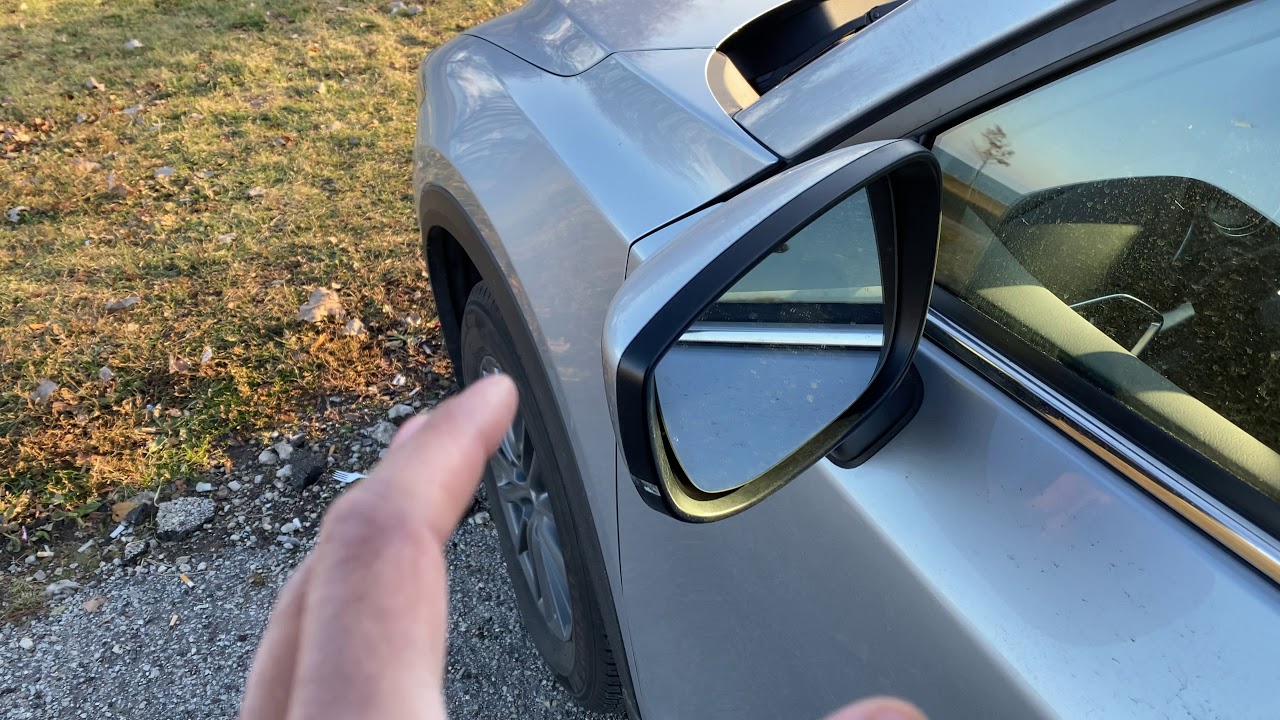


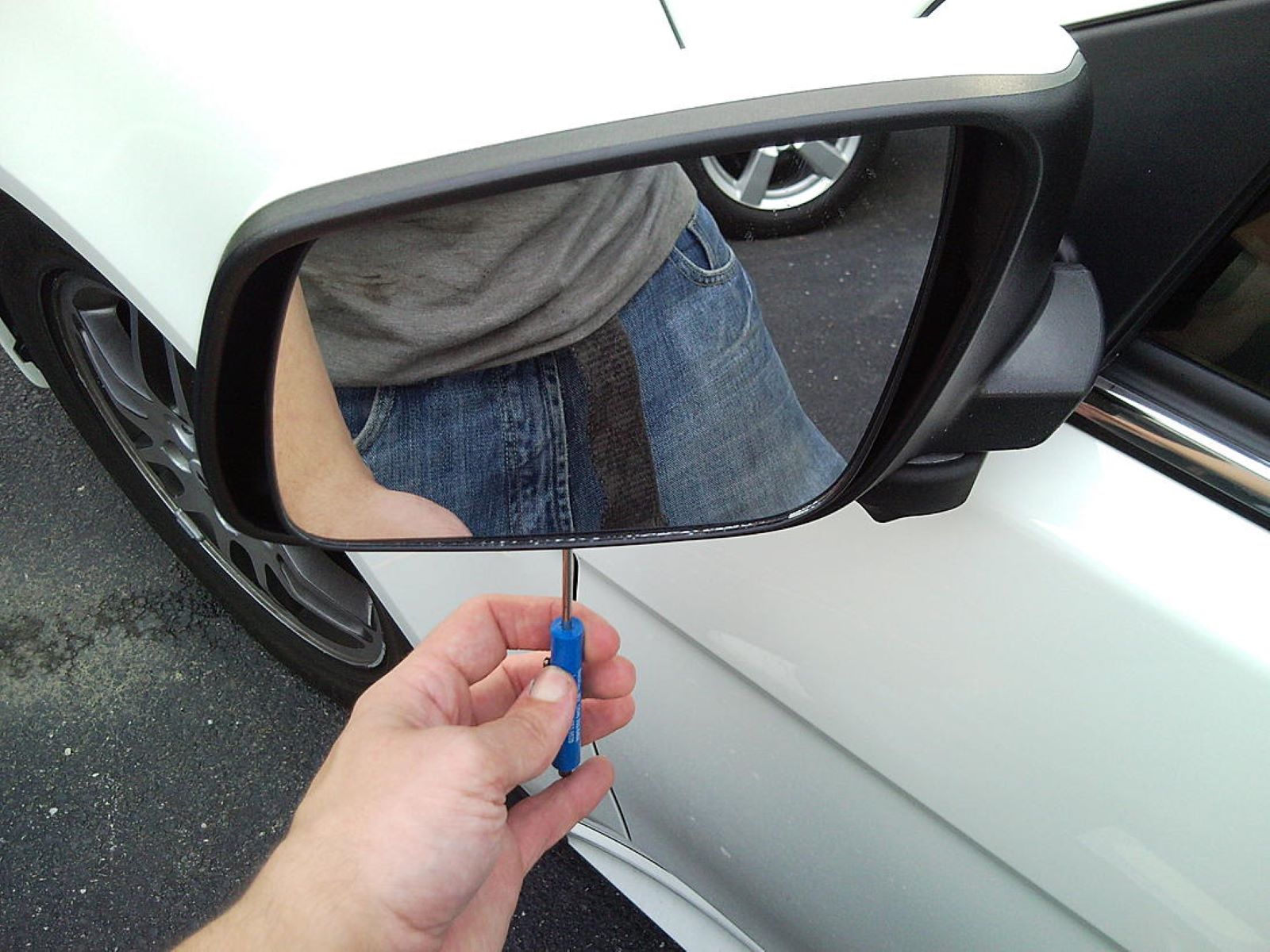
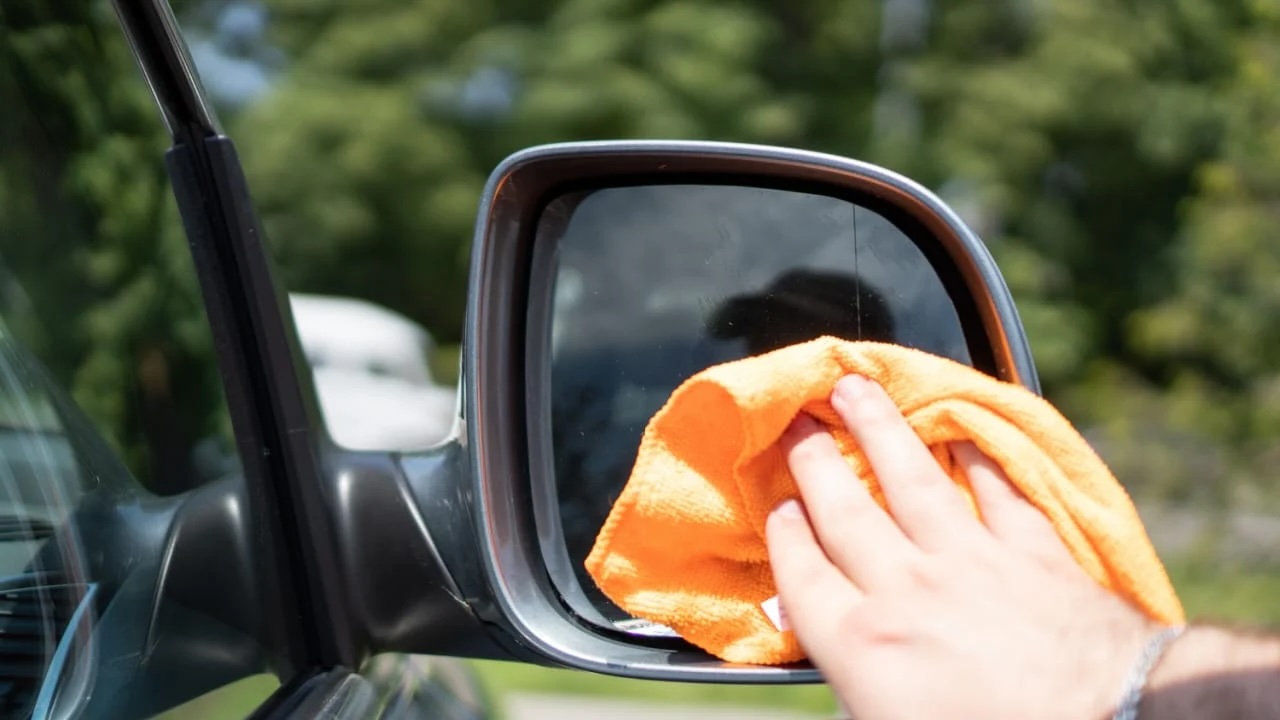
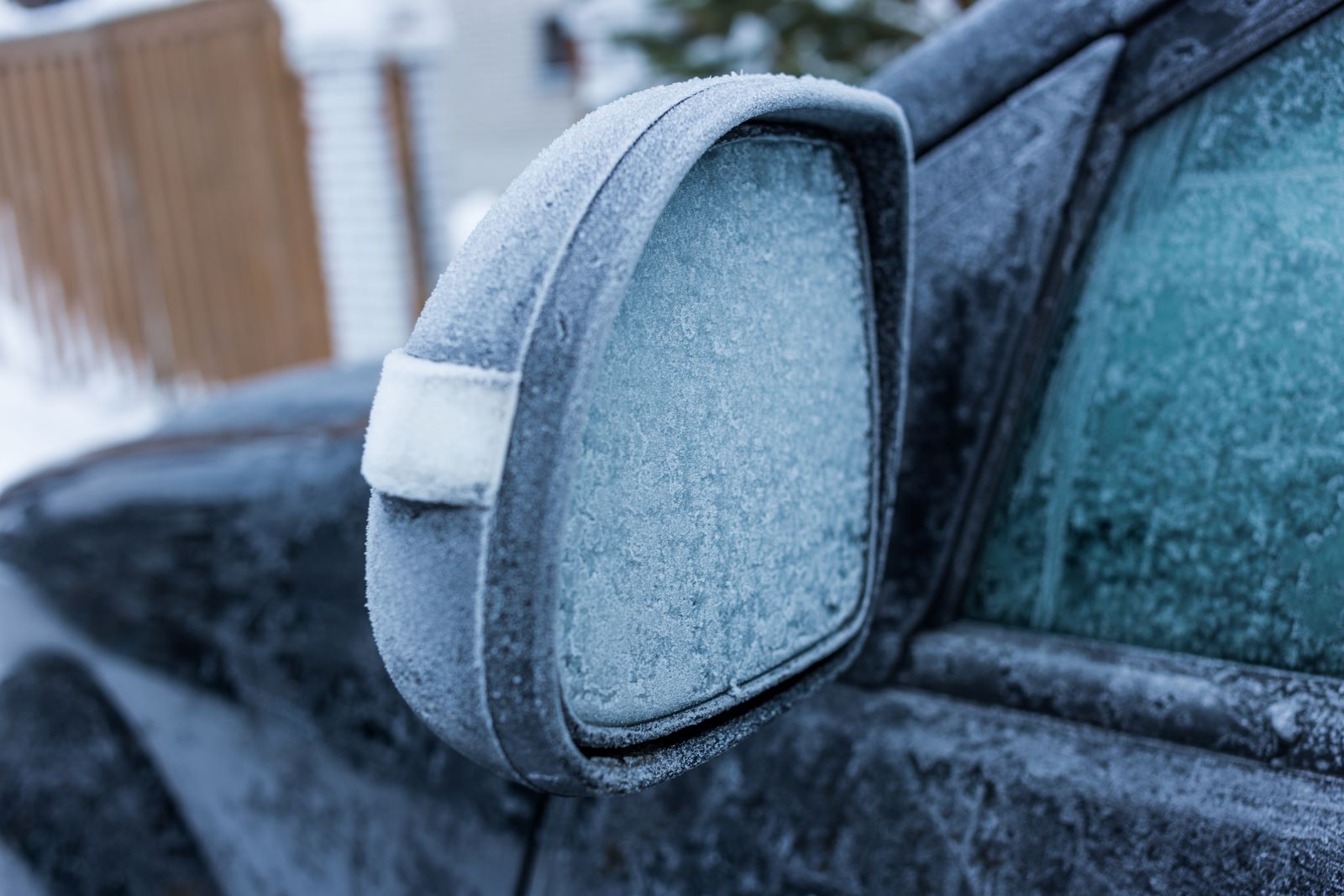
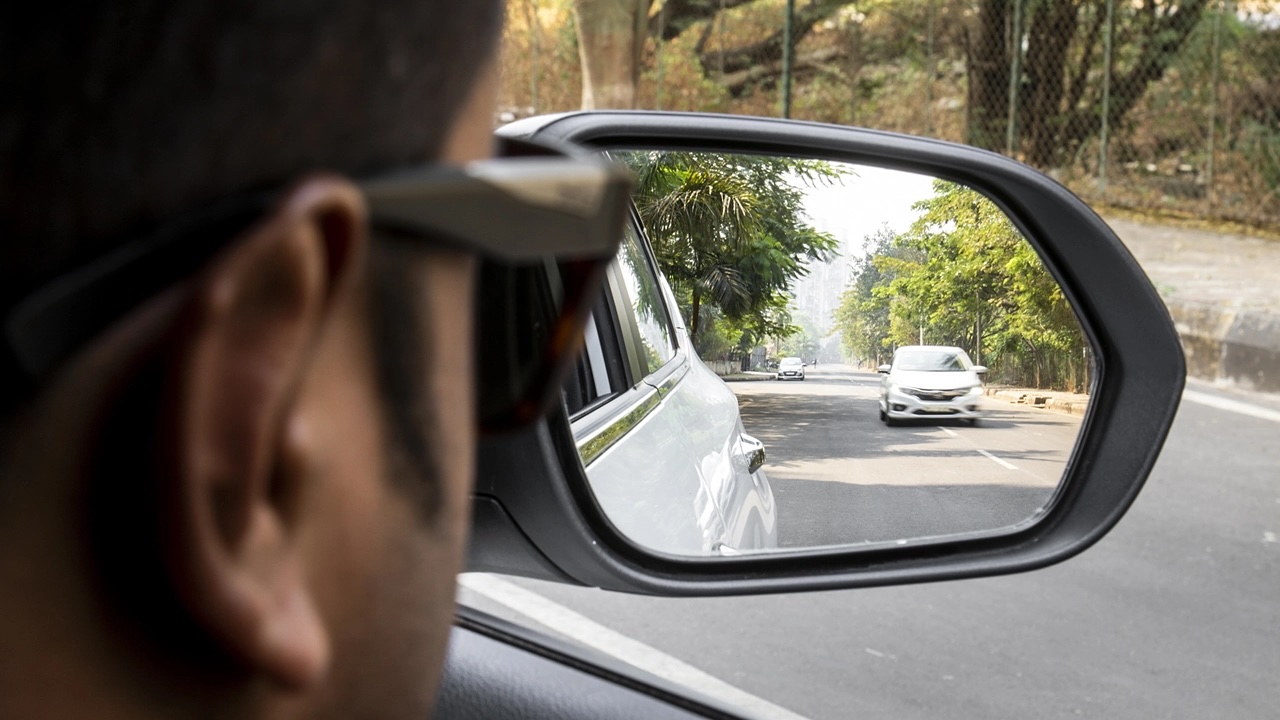
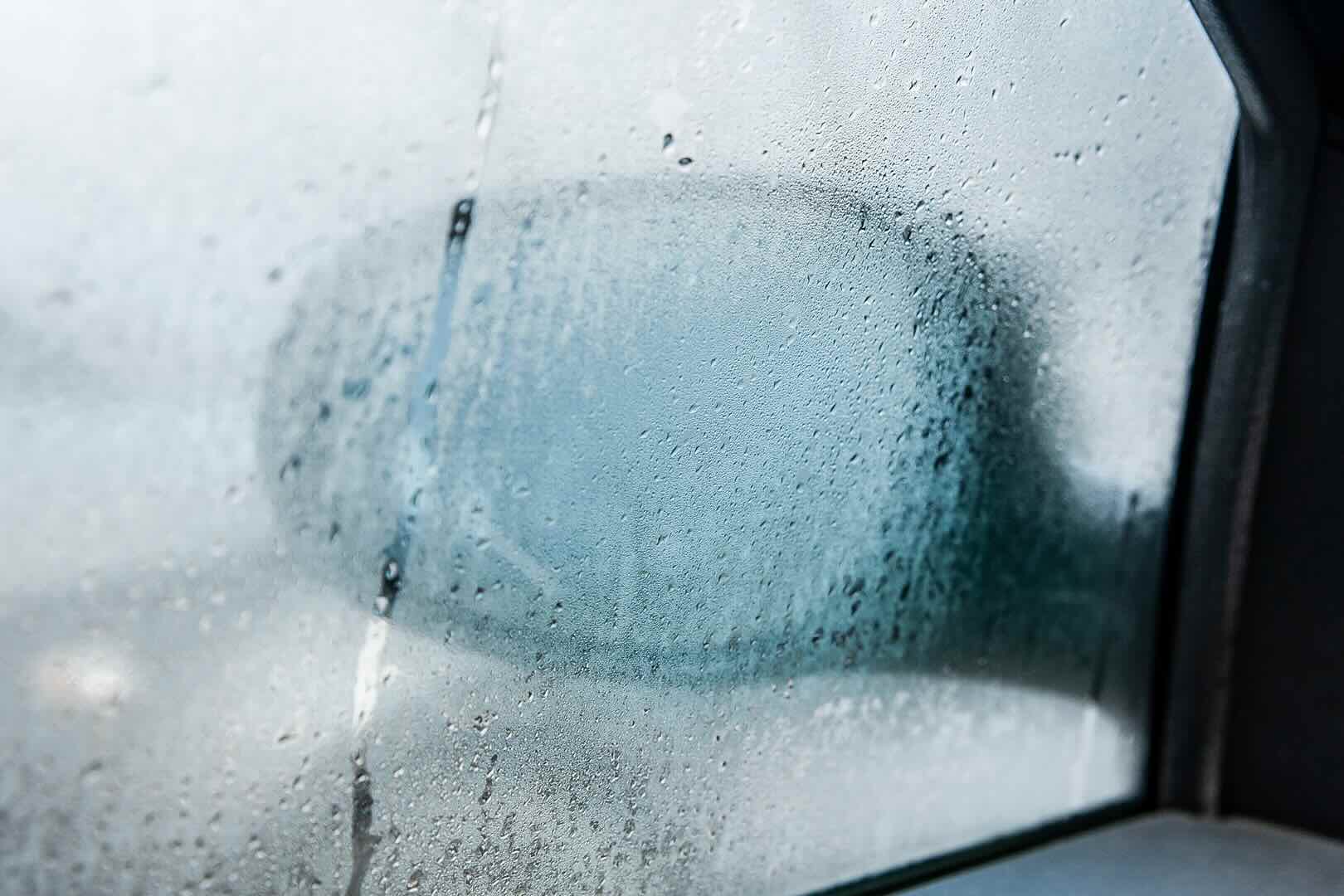
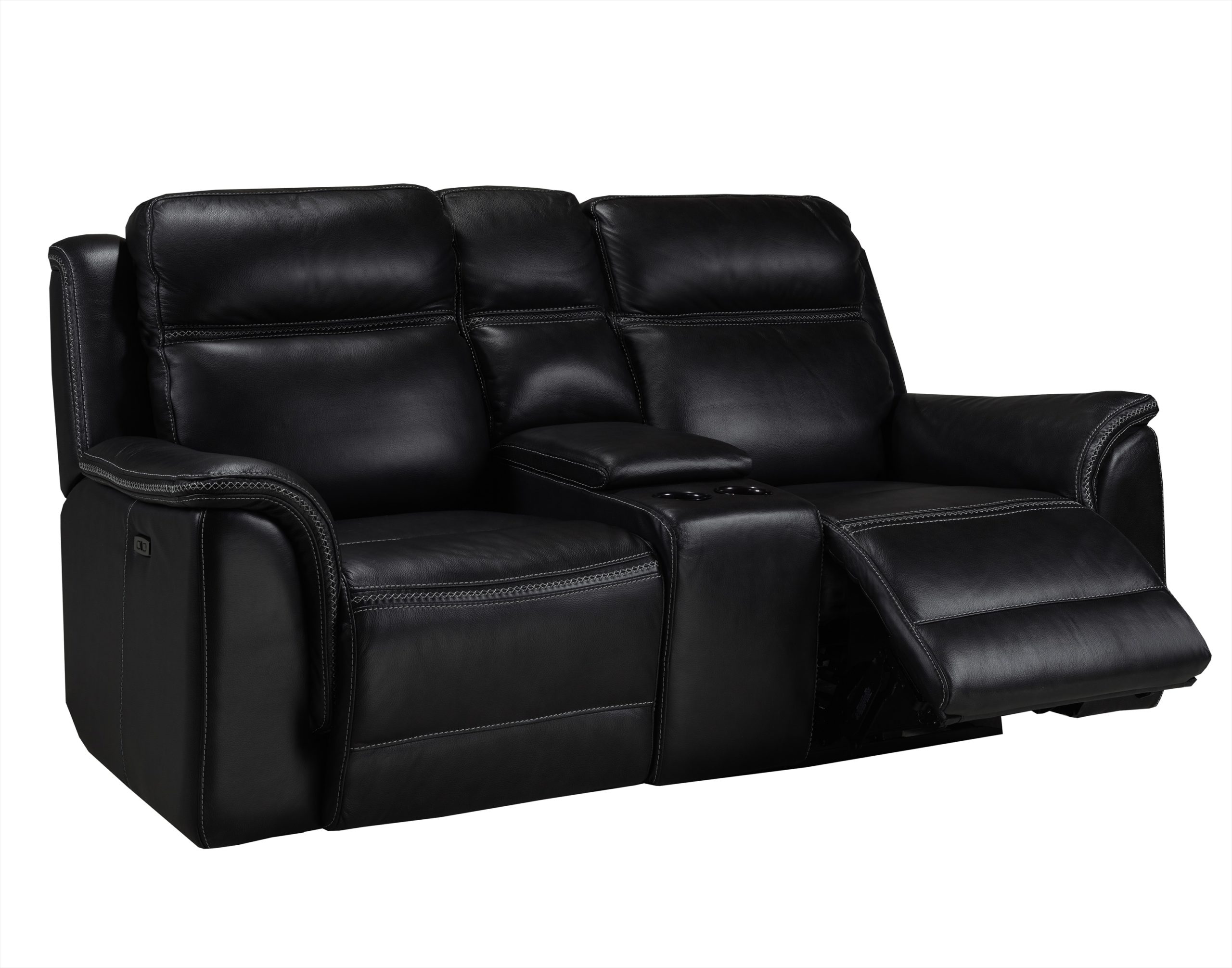
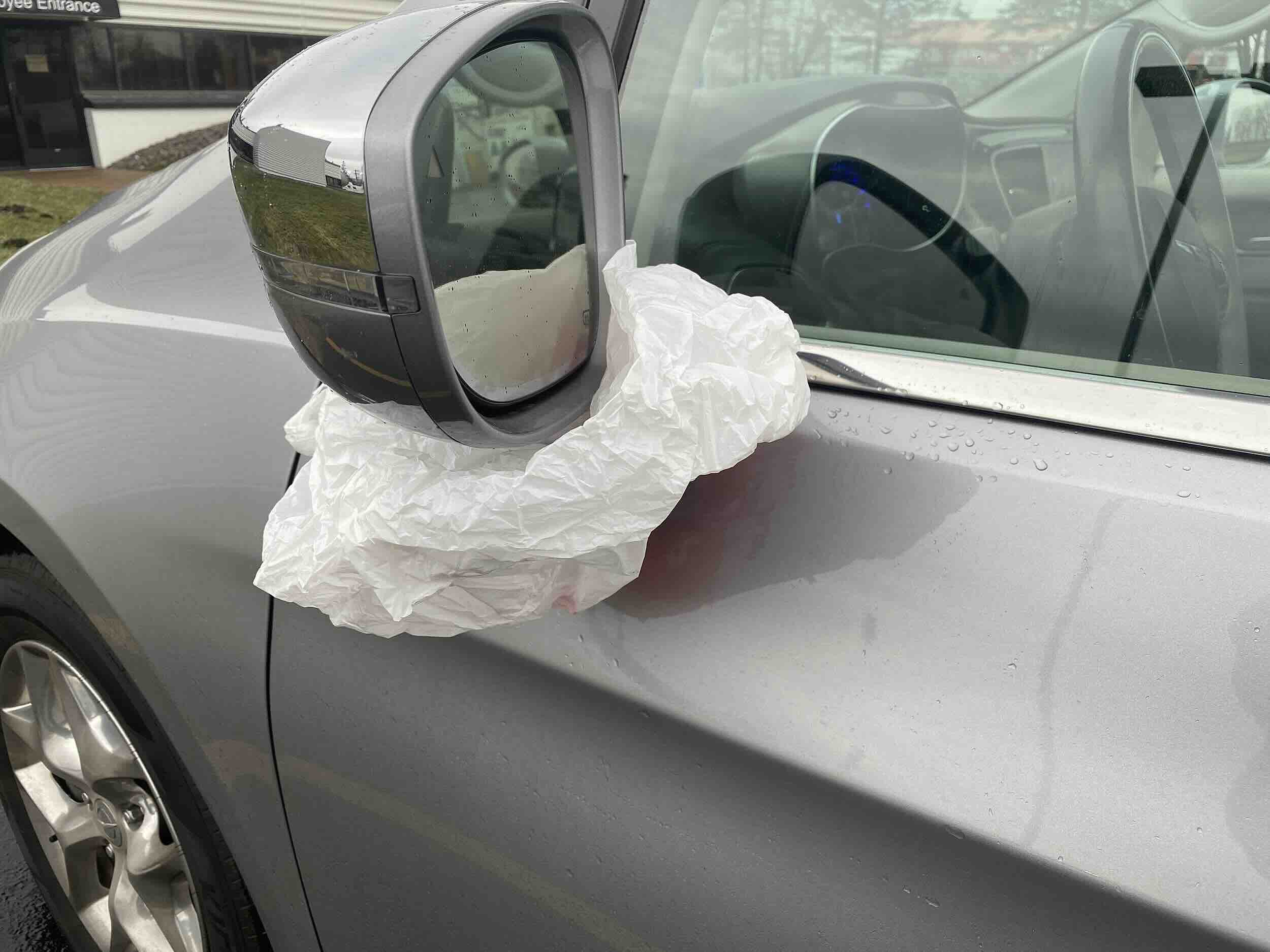
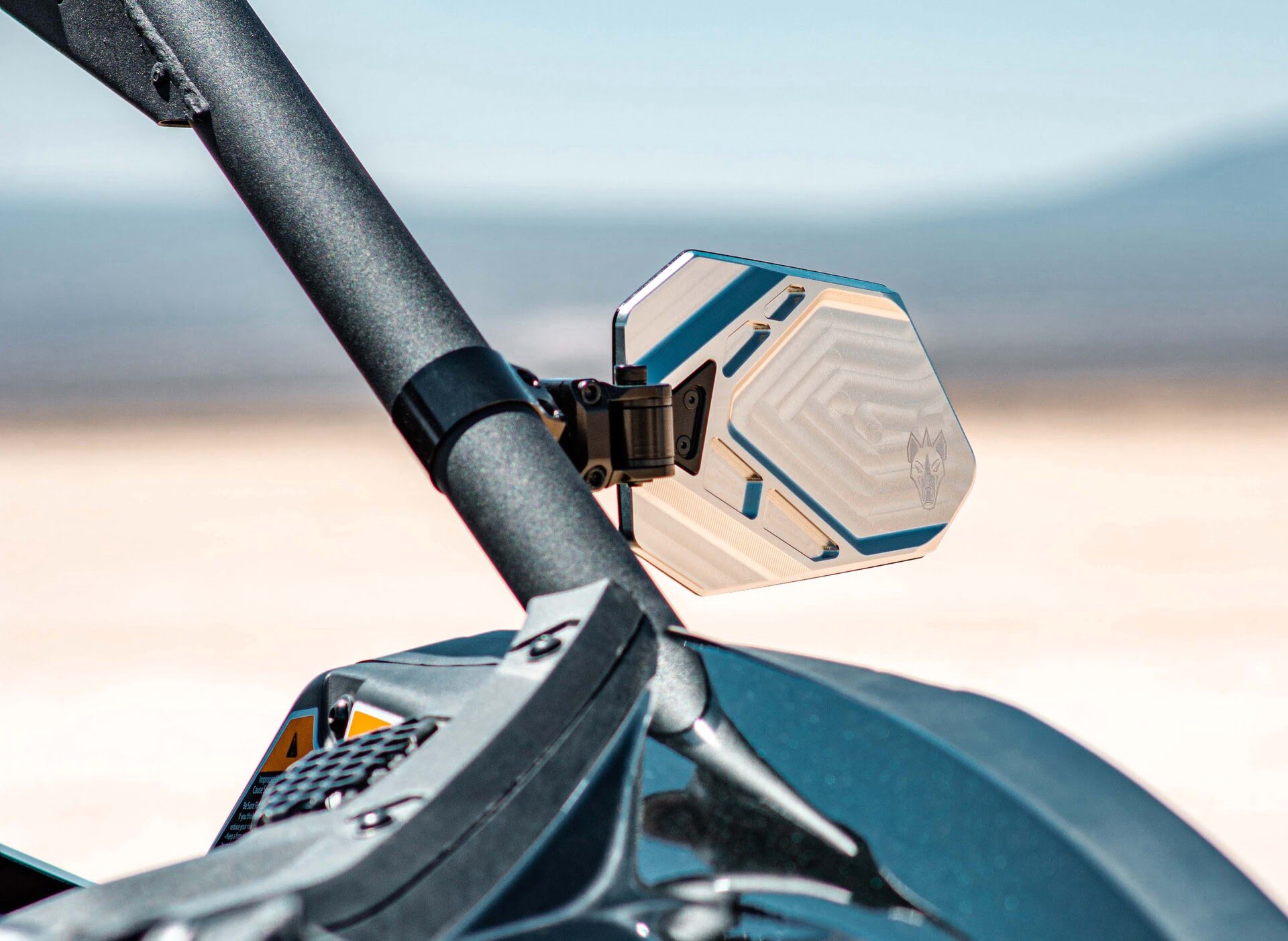
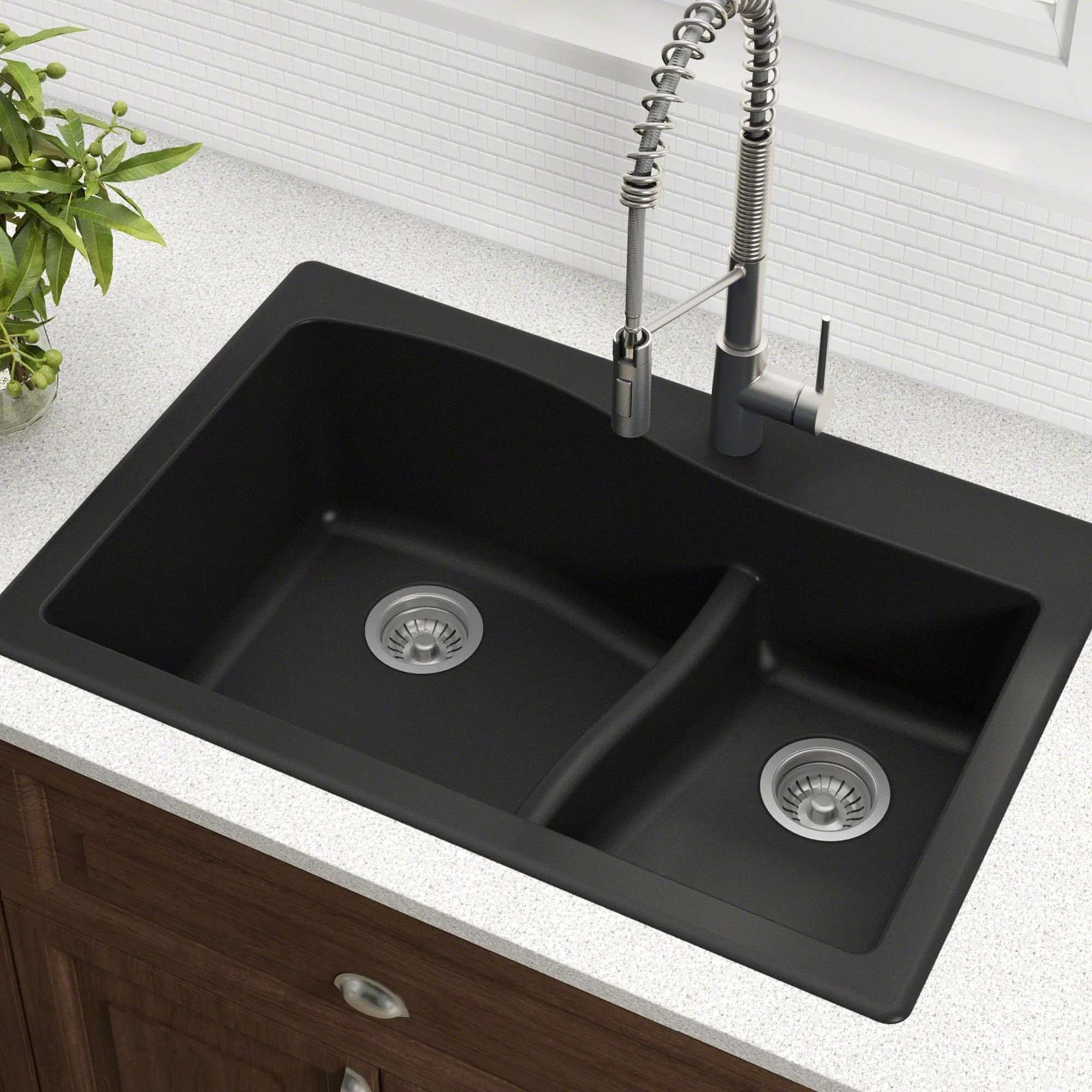



0 thoughts on “What Are Dual Side Mirrors”